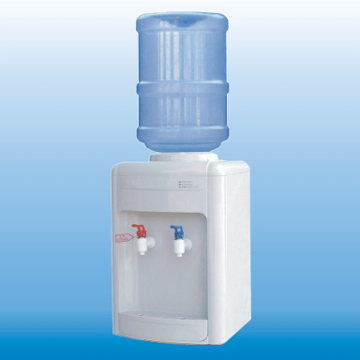The quest for discounted groceries has hit the news again with South Carolina news reporter Larry Collins asking,
“Stores slash prices about 50% – 60% on meat when it is nearing the date on the packaging. But, is that food safe to eat?”
According to registered dietitian Charlotte Caperton-Kilburn, such meat is typically safe to consume as long as you cook or freeze it as soon as you bring it home… and it smells okay.
“If the meat smells even remotely strange it should be returned to the store or thrown away,” Caperton-Kilburn told the news station.
In Ireland, Darina Allen wrote in an opinion piece for the Irish Examiner that, just the other night, she found a vac-packed duck in the back of her fridge that smelled “good and high.” Rather than throw it out, she “gave it a good wash inside and out and rubbed a bit of salt into the skin and roasted it.”
Her guests said it was delicious.
Allen reminisced about life before modern conveniences like electric refrigeration and explained, “We learned from our mothers how to judge with our senses whether food was safe.” She asserted that, “in just a few years, many people have lost the ability to judge for themselves when food is safe to eat.”
While most groceries sold in the US have a date consumers can read and use, the USDA only requires manufacturers of infant formula and baby food to determine and display a “Use by” date on their products—and this is mainly for the sake of ensuring nutrient quality. The others are voluntary and only describe when the food will probably taste best. Assessing safety is still up to the consumer.
Modern technologies like stamped dates and color-changing barcodes can help consumers with that assessment, as can the senses of sight and smell. The most reliable safeguard, though, is cooking to a temperature that studies have found will effectively kill pathogens. For poultry, this is 165F.
Chefs may tell you to use your senses to figure temperature, too, but only by using a tip-sensitive digital thermometer can you know for sure. It’s the consumer’s choice, as always, but I’d rather be sure than be positive for salmonella.

 I recently received a complaint from an individual who bit into a succulent chicken burger only to realize that the interior was still raw. This is the picture taken after biting into a crispy cooked chicken burger using a camera from a cell phone, gotta’ love technology. This chicken was completely raw inside but appeared cooked on the outside.
I recently received a complaint from an individual who bit into a succulent chicken burger only to realize that the interior was still raw. This is the picture taken after biting into a crispy cooked chicken burger using a camera from a cell phone, gotta’ love technology. This chicken was completely raw inside but appeared cooked on the outside. .jpg) Do more inspectors make food safer?
Do more inspectors make food safer? Among his 24 recommendations, Pennington said all checks should be unannounced, unless there were exceptional circumstances.
Among his 24 recommendations, Pennington said all checks should be unannounced, unless there were exceptional circumstances. [D]ry them THOROUGHLY. That is, if you wash them.
[D]ry them THOROUGHLY. That is, if you wash them.
 The football metaphors used in the show were as corny as the ones in a recent press release —
The football metaphors used in the show were as corny as the ones in a recent press release —  Amy will be cheering for the underdog Baltimore Ravens, because back-up wide receiver and special teams specialist
Amy will be cheering for the underdog Baltimore Ravens, because back-up wide receiver and special teams specialist .jpg) A reader asked, “Any recommendations on how to calibrate a digital tip thermometer for home use?”
A reader asked, “Any recommendations on how to calibrate a digital tip thermometer for home use?”.jpg) So I turned to thermometer guru Pete Snyder of the
So I turned to thermometer guru Pete Snyder of the .jpg)
.jpg)
 But rarely is a thermometer found in the top chef kitchens. Last night, someone’s lamb looked raw and someone’s scallops were swimming, but the judges said they were perfectly cooked. How would they know? Sure, it’s a lot more fun to guess – and the new judge uses more pop culture references than I do – but I’d rather stick it in. And the cross-contamination was rampant in the kitchens last night.
But rarely is a thermometer found in the top chef kitchens. Last night, someone’s lamb looked raw and someone’s scallops were swimming, but the judges said they were perfectly cooked. How would they know? Sure, it’s a lot more fun to guess – and the new judge uses more pop culture references than I do – but I’d rather stick it in. And the cross-contamination was rampant in the kitchens last night..jpg)
 Sure enough, there was
Sure enough, there was